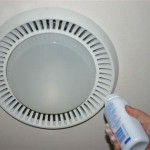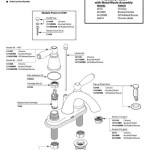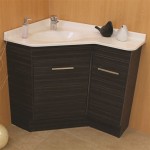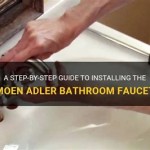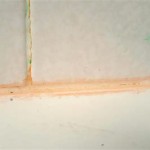How to Replace Bathroom Plumbing
Replacing bathroom plumbing can be a daunting task, but it is a necessary one for homeowners who are facing issues with their current system. Whether it's a leaky faucet, a clogged drain, or outdated pipes, addressing these problems will ensure the longevity and functionality of your bathroom. By understanding the process and the steps involved, you can confidently tackle this project yourself or hire a professional for assistance.
1. Preparation and Planning
Before embarking on any plumbing replacement, thorough planning is critical. Here are some essential steps to take in advance:
- Assess the Situation: Determine the specific plumbing components that require replacement. Is it a single faucet, a section of pipe, or an entire system overhaul?
- Gather Necessary Materials: Based on your assessment, create a comprehensive list of materials and tools you will need. This includes pipes, fittings, valves, and any specialty tools for working with specific materials.
- Obtain Permits: Depending on the scope of the project and local regulations, you may need permits to perform plumbing work. Consult your local building department for specific requirements.
- Turn Off Water Supply: Locate the main water shut-off valve for your home and shut off the water supply to the bathroom before beginning any work. This prevents potential flooding or damage to your plumbing system.
2. Replacing Pipes
Replacing pipes in a bathroom often involves cutting out old sections and installing new ones. This process involves the following steps:
- Locate and Cut Pipes: Identify the old pipes that need replacement and use a pipe cutter or hacksaw to carefully cut them. Be sure to cut straight and level to ensure a smooth fit for the new pipes.
- Clean and Prepare: Clean the cut ends of the existing pipes and the new pipes to remove any debris or burrs. Use sandpaper or a pipe reamer for optimal cleaning.
- Install New Pipes: Connect the new pipes to the existing pipes using appropriate fittings. Use pipe dope or Teflon tape on the threads to prevent leaks. Secure the pipes in place with pipe clamps or straps.
- Test for Leaks: Once the new pipes are installed, turn the water supply back on and check carefully for any leaks. Tighten any loose fittings or connections as needed.
3. Replacing Fixtures
Replacing bathroom fixtures, such as faucets, showerheads, and toilets, requires specific steps depending on the type of fixture. Here's a general guide:
- Disconnect Existing Fixtures: Turn off the water supply to the fixture. Disconnect the water supply lines and drain lines using appropriate tools.
- Remove Old Fixture: Carefully detach the old fixture from the wall or sink using wrenches and screwdrivers. Pay attention to the specific type of fixture and its installation method.
- Install New Fixture: Connect the new fixture to the water and drain lines using the appropriate fittings and gaskets. Follow the manufacturer's instructions for installation and ensure all connections are secure.
- Test for Leaks: Turn the water supply back on and check for any leaks from the new fixture. Tighten any loose connections as needed.
4. Troubleshooting and Repairs
Even with proper installation, some plumbing issues can arise. Here are some common problems and their solutions:
- Leaks: Identify the source of the leak and tighten fittings or replace any damaged parts. If the leak is persistent, consult a professional plumber.
- Clogged Drains: Remove any visible obstructions from the drain. Use a plunger or drain snake to clear clogs. If the blockage persists, you may need to call a plumber for professional drain clearing.
- Low Water Pressure: Check if the water supply valve to your bathroom is fully open. Check for any kinks or blockages in the pipes. If the problem persists, a professional plumber can assess the water pressure system.
Replacing bathroom plumbing can be a complex process, but with careful planning, the right tools, and a bit of patience, you can ensure a well-functioning and reliable bathroom system. Always prioritize safety by turning off the water supply before beginning any work and consulting a professional plumber if you encounter any major issues.

How To Replace A Toilet Diy Installation Guide

Plumbing Repairs How To Repair Fix It Diy Install Bathroom Sink

How To Install Shower Plumbing Mt Drains

How To Repair A Toilet Howstuffworks

How To Replace A Toilet Cistern In 7 Simple Steps

How To Replace A Bathroom Faucet Tinged Blue

How To Install A Toilet Bathroom Diy
How To Replace Plumbing In An Old House Quora

Shower Faucet Installation Diy Plumbing

How To Install A Bathroom Vanity And Sink
Related Posts

